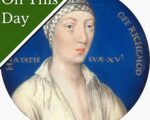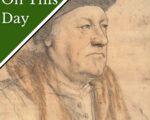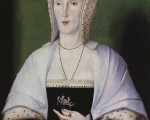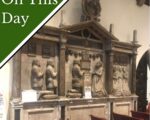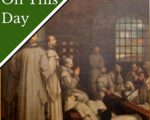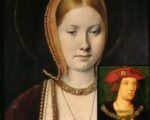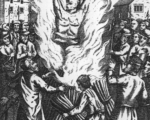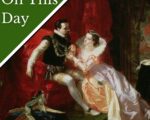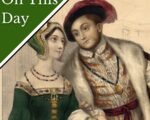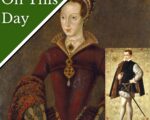
On this day in history, 16th June 1614, author, courtier and administrator Henry Howard, Earl of Northampton, died at his house in Charing Cross. He died of gangrene after an operation on a tumour on his thigh.
Northampton, who was the son of poet and courtier Henry Howard, Earl of Surrey, and grandson of Thomas Howard, 3rd Duke of Norfolk, is known for his learning and intelligence, but also for his alleged involvement in the Overbury scandal.
[Read More...]
